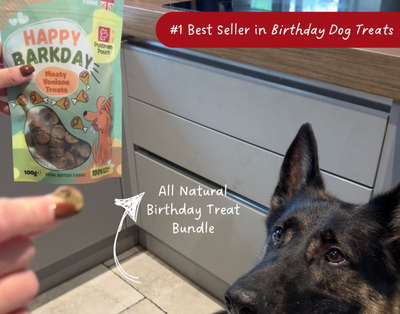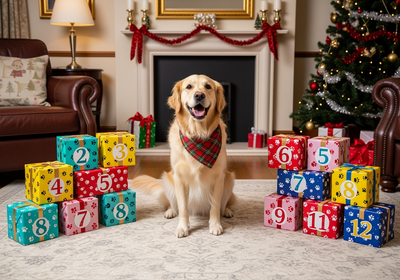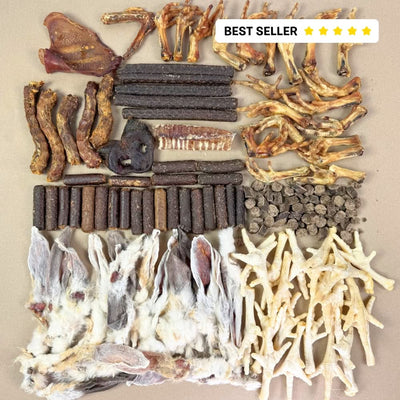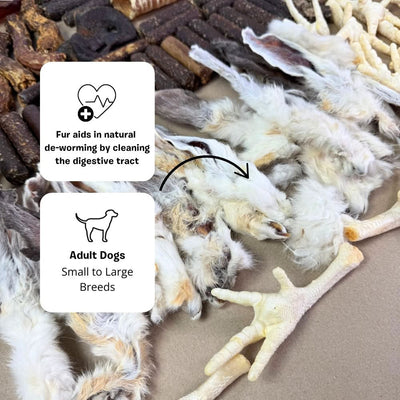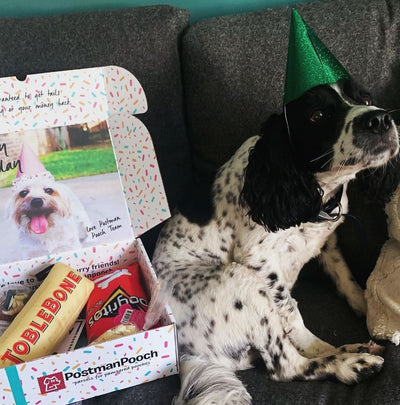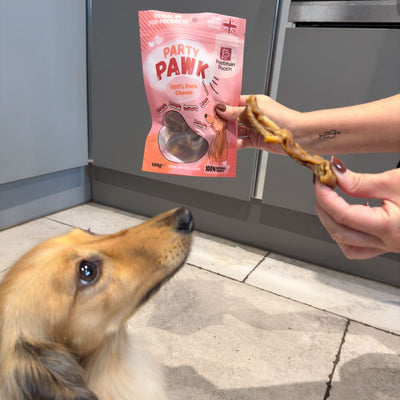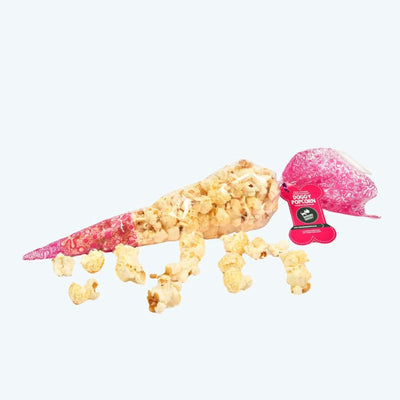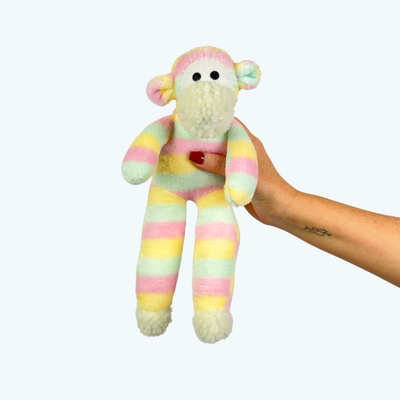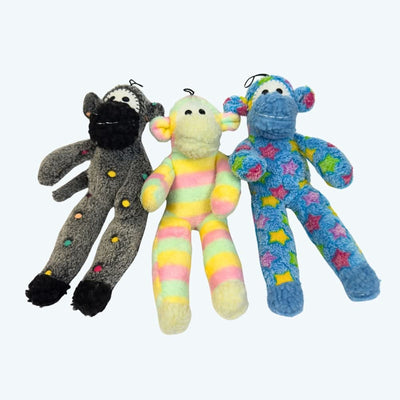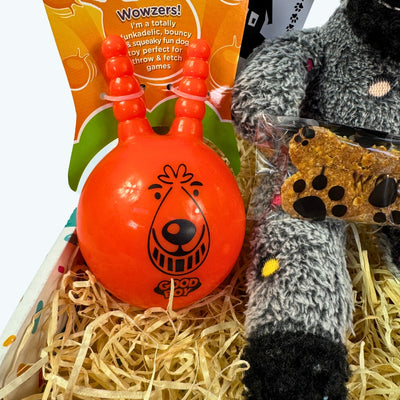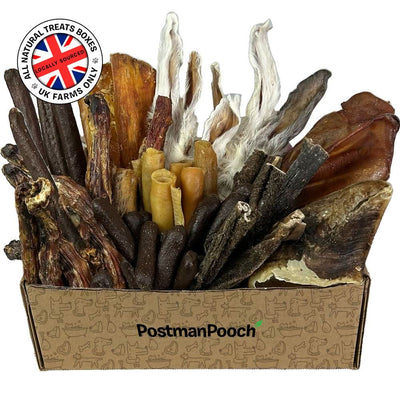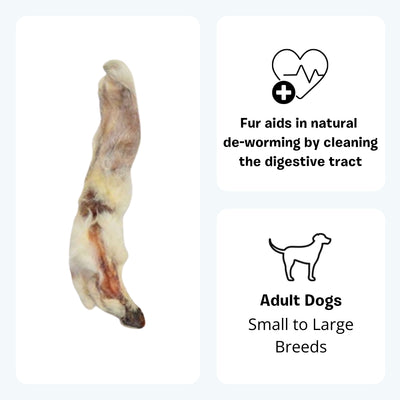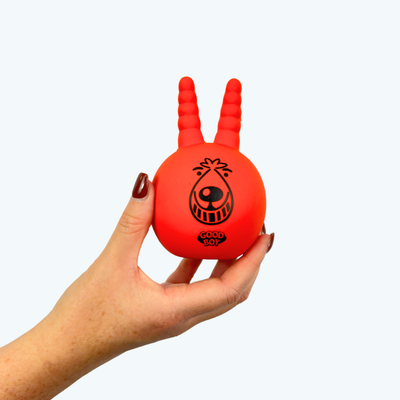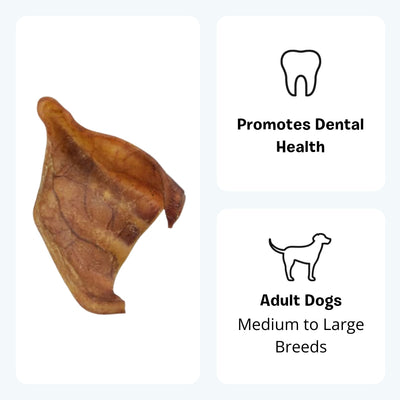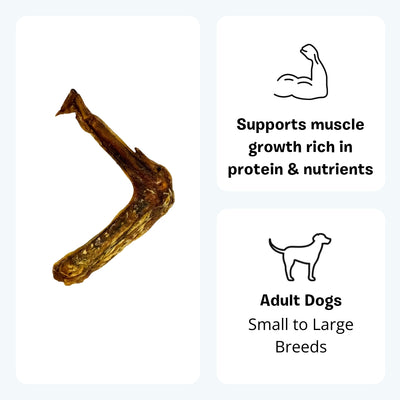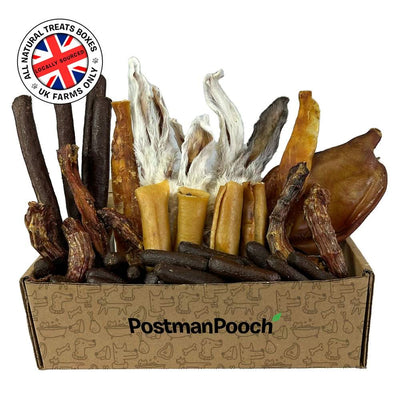Natural Ways I Helped My Dog with Separation Anxiety
Separation anxiety is rough—not just for your dog, but for you too. I know the feeling all too well. Every time I left the house, I’d come back to a shredded cushion, anxious whining, or a pup who’d been pacing the whole time. It broke my heart. But over time, I found a mix of natural remedies and simple routines that actually helped.
If you’re going through the same thing, here’s what worked for me—and what might help your dog feel a little more at ease when you’re not around.
So… What Is the Best Way to Treat Separation Anxiety in Dogs?
Honestly? There’s no magic fix. What worked for my dog was a combination of things: training, creating a calming space, and using a few natural aids to take the edge off.
Here’s what made the biggest difference:
-
Sticking to a routine – Same wake-up, walk, and meal times every day
-
Creating a cosy, safe space – We used a calming anti-anxiety dog bed with one of my old hoodies and their favourite toy
-
Using natural calming products – I’ll talk more about these in a sec
-
Training (with loads of patience) – More on that below
For milder anxiety, natural solutions can work wonders. For more serious cases, it’s worth getting some help from a behaviourist or your vet.
Do Calming Dog Treats Actually Help?
Short answer: yes—but they’re not a cure-all. I noticed a definite difference when I started giving my dog natural calming treats about 30 minutes before I left the house. They weren’t suddenly chilled out like they’d had a spa day, but they were less agitated and more settled.
Look for treats with ingredients like:
-
Chamomile – Naturally soothing
-
Valerian root – Often used as a natural sedative
-
L-Theanine & L-Tryptophan – Help promote calm behaviour through serotonin balance
These work best alongside other changes. Think of them as part of the toolkit—not the entire fix.
Other Natural Calming Tricks That Worked for Us
Everyone’s dog is different, but here’s what helped mine feel less anxious:
-
Exercise – A decent walk (or play session) before I left made a huge difference. Tired dog = calm dog.
-
Scent and sound – I started using a lavender-scented dog spray in their bed area and played gentle background music. It created a calm, familiar vibe.
-
Chew toys – A frozen KONG or the Bacon Gnosher Dog Chew Toy gave them something to focus on instead of stressing out.
-
Calming supplements – I tried a few natural options with ingredients like CBD, passionflower, and magnesium. They weren’t miracle workers, but they helped take the edge off.
How I Trained My Dog Out of Their Anxiety (Slowly but Surely)
Training made the biggest long-term difference. Here’s what I did:
-
Left the house for seconds, not hours
I literally started by stepping outside for 30 seconds. Then one minute. Then five. Slowly built it up over weeks. -
Practised “fake leaving”
I’d pick up my keys or put my shoes on without actually going anywhere. Eventually, those actions stopped triggering panic. -
Stayed calm when I left and came back
I used to make a big fuss when I came home—but turns out, that made it worse. Now I stay chill and low-key, and it’s helped loads. -
Used interactive toys
Treat puzzles and toys they only get when I leave gave them something positive to focus on. The 100 Piece Natural Dog Treat Bundle has been great for this—tons of variety to keep them busy. -
Rewarded calm behaviour
Whenever they stayed calm when I left or returned, I’d give a quiet “good dog” and a treat. No big party, just positive reinforcement.
If it had gotten worse, I’d have brought in a trainer—but thankfully, the gradual approach worked for us.
Final Thoughts
Separation anxiety isn’t easy. There were days I felt guilty just leaving the room—but it does get better. For me, combining a few natural calming methods with routine and training was the sweet spot.
If your dog’s struggling, start small. Try a calming bed, a soothing chew toy, or some natural treats. And most importantly—stay consistent. You’ve got this, and so does your dog.
Want to see what helped mine?
Check out the calming products I used:
Hang in there—your dog’s calmer, happier days are just around the corner.







